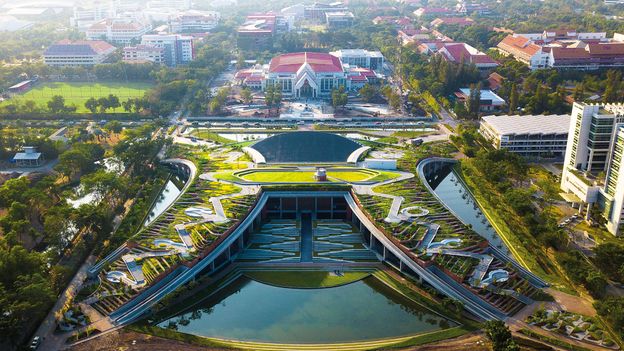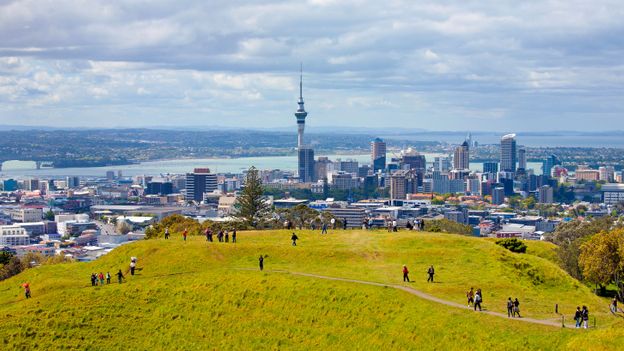
Creating spongy cities
The HinduWith rains, come floods — from Pakistan to Bangladesh, northeast India to Bengaluru. The author of several books on rivers, floods and shifting landscapes, he notes how Bengaluru’s ‘lakes’ such as Ulsoor are actually rain-holding tanks made by building bunds; traditionally called kere, these manmade interventions in the Deccan’s low grounds capture rain water. At an event titled ‘Bengaluru requires a rain imagination’, Da Cunha said, “Everywhere I have gone, my admiration for the Bengaluru tank system has only increased.” Co-director of the Risk and Resilience program at the Graduate School of Design, Harvard University, Da Cunha believes our solutions in India for managing water are drain-inspired. “The essential problem is too much drainage and surface run-off not allowing the water to percolate.” Janu speaks to me from Montreal, Canada, where she is attending CCA’s residency ‘How to: do no harm’. While they are great for the winter, now with climate change their summers are increasingly hot, requiring less paving and more trees in these plazas.” While it’s hard to undo extensive urban development, Janu’s simple solution to reduce the negative consequences is to make more soft spaces — flagstones instead of paver blocks, retaining ground mud instead of concreted parking areas — that allow water to naturally seep into the soil.
History of this topic
Discover Related















)










.jpg)





















